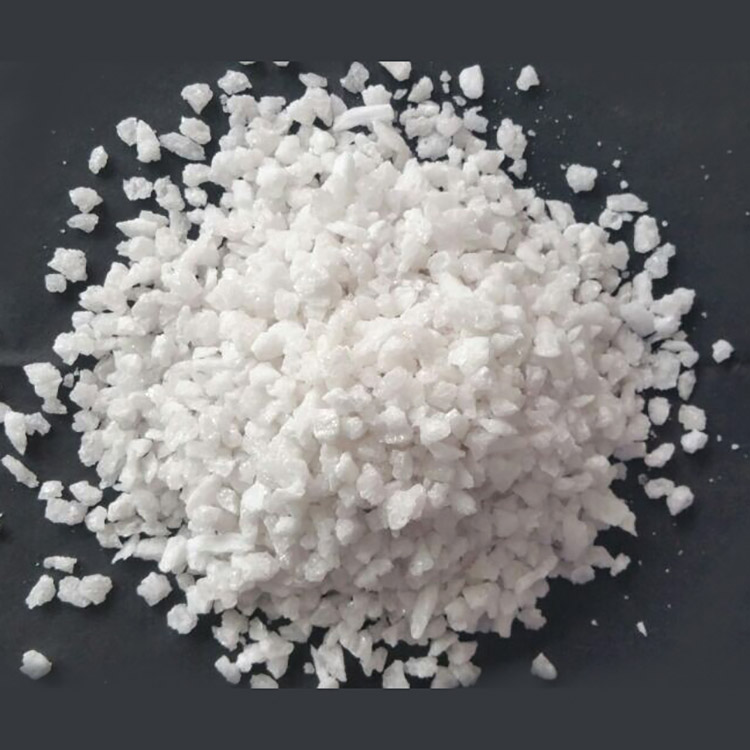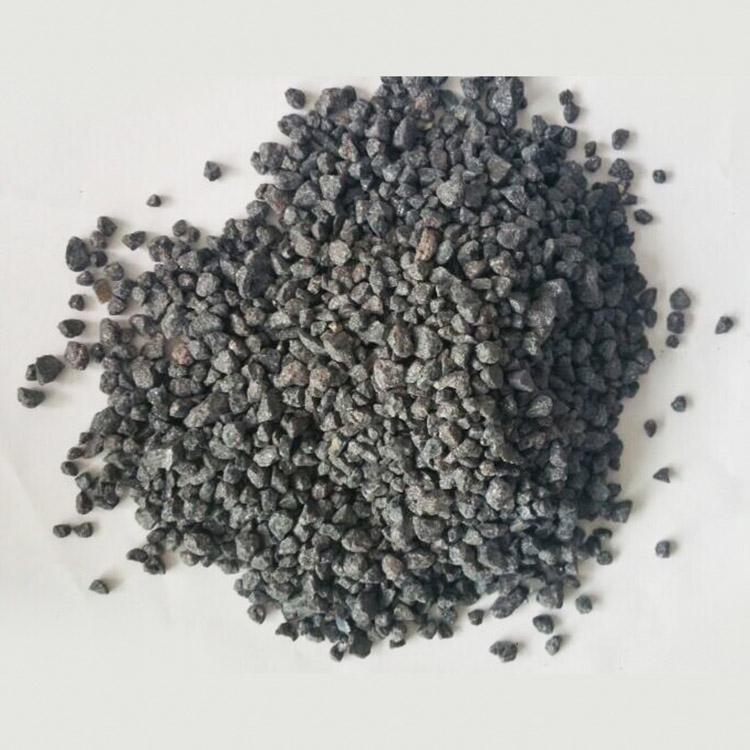Refractory Products by Tianjin Jinda: Comprehensive Overview of White Fused Alumina, Silicon Carbide, Fused Mullite & Spinel, and Brown Fused Alumina
Tianjin Jinda, operating under Dragon Abrasives Group Limited, is a leading supplier of high-quality refractory materials with over 40 years of expertise in abrasives and refractory products. Their product range includes White Fused Alumina, Silicon Carbide Refractory, Fused Mullite and Spinel, and Brown Fused Alumina. This article provides an in-depth description of these refractory products, covering their classifications, unique features, raw material sources, applications, manufacturing processes, and performance characteristics. The content is designed to support Refractory Wholesale needs with detailed insights and keyword integration.
White Fused Alumina (WFA)

Product Classification and Features
White Fused Alumina is a high-purity aluminum oxide (Al2O3) refractory material known for its exceptional hardness and thermal stability. It ranks just below diamond on the Mohs hardness scale, making it one of the hardest minerals used in refractory applications. WFA exhibits excellent mechanical strength, toughness, and chemical inertness, which makes it highly resistant to wear, corrosion, and thermal shock. Its high melting point, typically above 2000°C, allows it to perform reliably in extreme heat environments, making it a popular choice in Refractory Wholesale markets.
Raw Material Source and Manufacturing Process
WFA is produced by fusing high-quality aluminum oxide powder in an electric arc furnace at temperatures exceeding 2000°C. The fusion process results in a dense, crystalline structure with minimal impurities such as iron or silicon, which enhances its chemical stability and durability. The raw materials undergo strict quality control to ensure high alumina content (~99%) and purity, essential for refractory performance and favored by Refractory Wholesale buyers.
Applications and Usage
White Fused Alumina is widely used in refractory linings, grinding media, and abrasive tools. Its resistance to chemical attack and thermal shock makes it ideal for furnace linings, kiln furniture, and other high-temperature industrial processes. It is also used in applications requiring high wear resistance and mechanical strength, such as in the manufacture of refractory bricks and castables. These characteristics make it highly sought after in the Refractory Wholesale sector.
Performance and Benefits
- High hardness and abrasion resistance
- Excellent thermal stability and shock resistance
- Chemical inertness against acids and alkalis
- Superior mechanical strength and toughness
These properties make WFA a preferred choice for Refractory Wholesale customers seeking durable and efficient materials for high-temperature applications.
Silicon Carbide Refractory

Product Classification and Characteristics
Silicon Carbide (SiC) refractory is a synthetic ceramic material known for its outstanding hardness, thermal conductivity, and chemical resistance. It can withstand service temperatures up to 1525°C and exhibits high strength that increases with temperature. SiC's hardness approaches that of diamond, making it exceptionally wear-resistant and ideal for harsh refractory environments. This makes it a staple product in the Refractory Wholesale market.
Raw Material Source and Production
Silicon Carbide is manufactured through a high-temperature reaction between silica sand and carbon in an electric resistance furnace. The resulting material is then processed into various shapes and sizes, including grains, bricks, and monolithic components. Advanced forming techniques allow customization of SiC refractory products to meet specific industrial requirements, which is highly valued by Refractory Wholesale clients.
Applications and Industrial Uses
SiC refractory materials are extensively used in industrial process heating components such as support bars, immersion heater tubes, thermocouple protection tubes, reactor sleeves, crucibles, and refractory bricks. Their excellent thermal shock resistance and chemical stability ensure long service life in furnaces, kilns, and reactors. These attributes make SiC a preferred choice in Refractory Wholesale transactions.
Key Performance Attributes
- High thermal conductivity for efficient heat transfer
- Excellent thermal shock resistance
- High mechanical strength and hardness
- Chemical resistance to corrosive environments
Silicon Carbide refractory products are essential for Refractory Wholesale buyers focused on high-performance, long-lasting components in extreme conditions.
Fused Mullite and Spinel

Product Classification and Unique Features
Fused Mullite and Spinel are advanced refractory materials formed by fusing alumina and silica (for mullite) or alumina and magnesia (for spinel) at high temperatures. Mullite (3Al2O3·2SiO2) is valued for its low thermal expansion, good mechanical strength, and resistance to creep. Spinel (MgAl2O4) offers excellent thermal shock resistance and slag corrosion resistance due to its porous structure. Both are critical products in the Refractory Wholesale industry.
Raw Materials and Manufacturing Process
These materials are produced by melting high-purity alumina, silica, and magnesia in electric arc furnaces, followed by controlled cooling to form fused mullite or spinel crystals. The powders can also be processed into sols used as bonding agents in castables, enhancing the refractory's performance. Such advanced manufacturing processes are key to meeting the demands of Refractory Wholesale customers.
Applications and Usage
Fused Mullite and Spinel are used in high-temperature linings, castables, and coatings where resistance to thermal shock, slag corrosion, and mechanical wear is critical. Mullite-based castables exhibit better strength and slag resistance, while spinel-based castables provide superior thermal shock resistance, making them suitable for different Refractory Wholesale demands.
Performance and Benefits
- Mullite: High strength, low thermal expansion, excellent slag corrosion resistance
- Spinel: Superior thermal shock resistance, crack prevention due to porous microstructure
- Both materials improve refractory durability and lifespan in industrial furnaces and reactors
Brown Fused Alumina

Product Classification and Characteristics
Brown Fused Alumina is a refractory material derived from bauxite, fused at high temperatures to produce a material with high hardness and melting point. It is known for its excellent abrasion resistance and chemical inertness, making it suitable for refractory bricks and abrasive applications. Brown Fused Alumina is a key product in the Refractory Wholesale catalog.
Raw Materials and Production
Produced by melting high-grade bauxite in electric arc furnaces, Brown Fused Alumina undergoes a fusion process that yields a dense, strong material with a Mohs hardness of about 9. The process ensures chemical stability and structural integrity under extreme heat and corrosive conditions, which is essential for Refractory Wholesale buyers seeking reliable materials.
Applications and Industrial Uses
Brown Fused Alumina is widely used in refractory bricks, high-temperature insulation linings, and abrasive materials for metal grinding, polishing, and sandblasting. Its versatility and durability make it a staple in Refractory Wholesale markets focused on industrial furnace linings and abrasive manufacturing.
Key Performance Attributes
- Exceptional hardness and abrasion resistance
- High melting point for stability in extreme heat
- Chemical inertness to acids and alkalis
- Versatile applications in refractory and abrasive industries
Summary: Why Choose Tianjin Jinda for Refractory Wholesale?
Tianjin Jinda's refractory product line—White Fused Alumina, Silicon Carbide, Fused Mullite and Spinel, and Brown Fused Alumina—offers a comprehensive solution for industries requiring high-performance refractory materials. Their products are manufactured with advanced technology, strict raw material selection, and rigorous quality control to ensure superior thermal stability, mechanical strength, chemical resistance, and longevity.
For Refractory Wholesale customers, Tianjin Jinda provides:
- A wide range of refractory materials tailored for diverse industrial applications
- High purity and quality raw materials sourced from premium suppliers
- Advanced manufacturing processes including electric arc fusion and sol bonding
- Products designed to withstand extreme temperatures, mechanical stress, and chemical corrosion
- Reliable after-sales support and technical expertise
With decades of experience in the industry, our quality is guaranteed. Come and contact us to purchase!